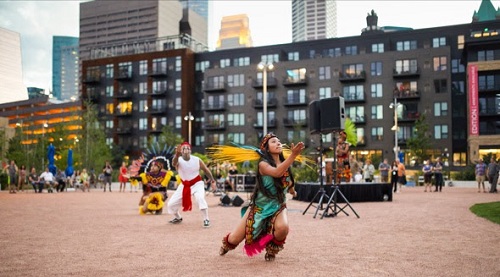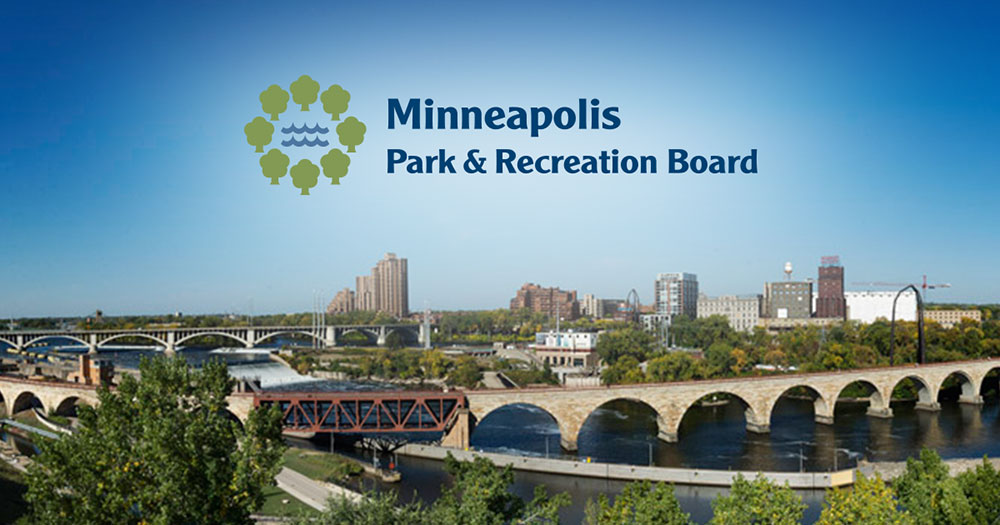
Winter parking restrictions in effect to improve access for emergency vehicles
Minneapolis officials have implemented Winter Parking Restrictions to ensure city streets are passable for emergency vehicles, buses and other travelers in the face of heavy snow accumulation this winter.
When Winter Parking Restrictions begin tomorrow, parking will be banned on the EVEN numbered side of non-Snow-Emergency routes until April 1, unless conditions allow the City to lift the ban earlier. Parking is allowed on Snow Emergency routes, parkways, and the ODD numbered side of non-Snow Emergency routes, unless otherwise posted. Drivers parking in Minneapolis must follow these Winter Parking Restrictions, or they could be ticketed and towed. Winter parking restrictions include critical permit parking areas as well.
Minneapolis had more than 53 inches of snow as of late February and a record 36.2 inches for the month of February. The heavy accumulation has narrowed streets, which pose a safety hazard when emergency vehicles cannot navigate these streets to reach people who need assistance.
It is possible that Snow Emergencies can be declared while Winter Parking Restrictions are in place. When it snows, people should take advantage of the many tools the City offers to stay informed of parking rules.
Stay informed about Winter Parking Restrictions and Snow Emergencies
- Hotline: By calling the automated 612-348-SNOW hotline, you can find out if a Snow Emergency has been declared and how that affects the Winter Parking Restrictions. If a Snow Emergency is in effect, the hotline will have information on that day’s parking restrictions that drivers need to follow to avoid tickets and tows. The hotline includes information in English, Spanish, Somali and Hmong.
- The City’s website: Go to minneapolismn.gov/snow to find out whether a Snow Emergency has been declared and for a wealth of information on Snow Emergencies and Winter Parking Restrictions in many languages. Also, check out the street lookup, which lets you put in an address or a neighborhood to see where you can park during a Snow Emergency.
- Phone calls to residents: Minneapolis uses automated phone calls to notify residents when Snow Emergencies are declared and Winter Parking Restrictions implemented. The system can place thousands of calls per hour. You can add your cellphone or unlisted landline number to the alert system by signing up at minneapolismn.gov/snow.
- Email alerts: You can sign up to get Snow Emergency alerts automatically emailed or text messaged to you. Go to minneapolismn.gov/snow/snow_esubscribe for more details.
- App for Android devices and iPhones: Drivers who have Android devices or iPhones can download the Snow Emergency app. During a Snow Emergency, the app will tell them the parking rules for that day. It will also have Winter Parking Restrictions information. It also has a street lookup, which allows users to see the parking rules in detail by entering an address or using the device’s location services features.
- The news media: News releases are sent to the media so TV, radio stations and other news outlets can inform their viewers and listeners that a Snow Emergency is in effect or Winter Parking Restrictions have been implemented.
- Cable TV: Tune in to Minneapolis City TV (Comcast channel 859 or CenturyLink channel 8502). These channels will have information in several languages when a Snow Emergency is declared or Winter Parking Restrictions have been instituted.
- Facebook: Like Minneapolis Snow Emergency on Facebook. Go to facebook.com/MinneapolisSnowEmergency.
- Twitter: twitter.com/minneapolissnow. If you have a Twitter account, just follow us. Both the Twitter and Facebook pages will tell fans and followers when a Snow Emergency is declared.
- Videos: Informative videos are available online in multiple languages to help explain Winter Parking Restrictions:
Winter Parking Restrictions (English)
Watch your mailboxes for property value notices
Minneapolis homeowners will soon begin receiving their property value notices in the mail. The estimated market values of homes in these notices are used to calculate 2020 property taxes.
Property owners can review the values of their homes with an appraiser, ask questions and, if so desired, appeal their value at the Local Board of Appeal and Equalization. Each notice includes the name and phone number of the appraiser assigned to the property in question. Contacting the appraiser is the fastest and most efficient way for homeowners to get answers to questions or to start the appeals process.
The local board convenes April 23 and begins hearing cases May 7, 2019. More information about the appeals process is available on the Local Board of Appeal and Equalization’s webpage at minneapolismn.gov/assessor/marketvalues/LBAE.
For more information, visit minneapolismn.gov/assessor.
‘Radical Playground’ wins 2019 Creative City Challenge
The participatory art installation “Radical Playground” by Candida Gonzalez and MaryAnne Quiroz has won the 2019 Creative City Challenge under this year’s Northern Spark theme of “We Are Here: Resilience, Renewal & Regeneration.” During the summer of 2019 on The Commons, participants will be invited to heal through play with whimsical interactive “alebrije”: animal sculptures inspired by dream creatures from the Caribbean, Mexico, the Pacific Islands and the indigenous cultures of Minnesota. “Radical Playground” will debut on The Commons June 14 as part of Northern Spark, an annual nighttime arts festival in Minneapolis with tens of thousands of participants. The art will remain on The Commons through August 2019 for a summer of everyday interaction and special programming.
The artists intend “Radical Playground” to invite indigenous communities and communities of color to a space where they feel free to gather, to play, to heal. They want their project to bring a feeling of play, of free joy, of giving people’s bodies a break from stress and worry.
The installation shape follows eight posts circling a large center post. The center post is topped by a large, striking alebrije and has a pyramid-shaped base that will serve as an ofrenda (altar) during programming. The outer posts are topped alternately by alebrijes and flowers representing the four directions. Four interactive panels anchor the four direction posts at the bottom and invite people to become alebrijes themselves as they put their faces in the panel cutouts. The color palette is bright and tropical for exciting, colorful viewing from long distances. Solar lights will create a magical nighttime experience.
More about the Creative City Challenge The Creative City Challenge is a competition for Minnesota-resident architects, landscape architects, urban designers, planners, engineers, scientists, artists, students and individuals of all backgrounds. The challenge: create and install a temporary, destination artwork that acts as a sociable and participatory platform for two months of onsite programming and encourages a sense of connectedness to the city and its rich cultural and natural offerings. The Creative City Challenge is conceived as a showcase for local creative talent, Minneapolis community identities and a tangible symbol of the complex narratives that make up the many stories within our urban landscape.
Past competition winners were Carry-on Homes in 2018, Orbacles in 2017, Wolf and Moose in 2016, mini_polis in 2015, Balancing Ground in 2014 and the Minneapolis Interactive Macro Mood Installation (MIMMI) in 2013.
The seventh annual Creative City Challenge is a program of the Office of Arts, Culture and the Creative Economy of the City of Minneapolis created in in collaboration with The Commons, Northern Lights.mn and the Northern Spark festival.
Arts, Culture and the Creative Economy The Arts, Culture and the Creative Economy program leverages the creative sector toward social and economic growth in the City of Minneapolis; coordinates arts and creative economy activities; works with the Minneapolis Arts Commission; collaborates with City departments on eliminating racial disparities; and develops arts, culture and creative industry policies and programs for the City of Minneapolis.
The Commons The Commons is a 4.2-acre public green space and an anchor in the Downtown East area’s transformation. Spanning two city blocks, the park is an active space for the public to relax and play. More than 150 free public programs have been offered at The Commons since its opening in 2016 including a weekly farmers market, music performances, film screenings, poetry readings, fitness classes and children’s activities. In the summer of 2019 it will also be the venue for Northern Spark June 14 and 15. Learn more at commonsmpls.com.
Northern Lights.MN and Northern Spark Northern Spark is a late night participatory arts festival taking place from 9 p.m. to 2 a.m. each night Friday, June 14, and Saturday, June 15, 2019. During Northern Spark, tens of thousands of people gather throughout the city to explore giant video projections, play in temporary installations in the streets, and enjoy experimental performances in green spaces and under bridges. Late into the night, the city surprises with friendly crowds, glowing groups of cyclists, unexpected paths through the urban landscape, and the magic of sunrise after a night of amazing art and experiences. See more at northernspark.org.
Northern Spark is produced by Northern Lights.mn, a nonprofit arts organization dedicated to artists working innovatively in the public sphere, exploring expanded possibilities for civic engagement.
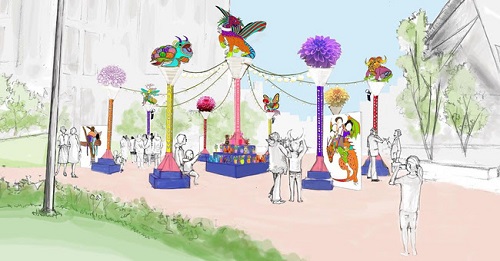
Meet the artists behind the new Nicollet Mall signature artworks
Three new City-produced videos highlight the artists behind three new signature art pieces for Nicollet Mall.
Tristan Al-Haddad discusses the story behind “Nimbus,” a large sculptural piece in front of the Minneapolis Central Library. Constructed like an airplane wing, “Nimbus” is cantilevered over the Theater in the Round seating area.
Ned Kahn reflects on his “Prairie Tree” sculpture – a kinetic piece at 11th and Nicollet. The sculpture is inspired by the local typography of the area and the meeting of the prairies and the forests.
Blessing Hancock talks about her project “Nicollet Lanterns,” 12 illuminated sculptural lanterns featuring poems by local writers: Junauda Petrus, Vincent Moniz, Sagirah Shahid and Moheb Soliman.
Nicollet Mall features the largest collection of public and private artworks in Minneapolis. For more information on Nicollet Mall Public Art, visit nicolletmall.org.
$15 workshops: creating resilient yards
Unseasonable warmth, droughts and flooding rains are the new normal in Minnesota. A resilient yard meets these challenges head-on and protects the local ecosystem.
Workshops
Planning Your Resilient Yard builds an understanding of resilience and how to support it in your yard using site planning, intentional plantings and more. The workshop includes one-on-one design assistance from Blue Thumb landscape designers and UMN Extension Master Gardeners — Hennepin County.
Turf Alternatives focuses on converting traditional lawns to low-input turf alternatives that support pollinators and clean water.
Healthy Soil digs into the world beneath our feet and reveals specific practices to build resilience from the ground up.
Scholarships are available on request. Space is limited.
The City of Minneapolis sponsors these workshops as part of its focus on the well-being of people and our environment.
For more information, dates and to register, go to metroblooms.org/workshops or call 651-699-2426.
City Council approves Renter-First Housing Policy prioritizing renter protections
The City Council has approved a Renter-First Housing Policy — a framework that affirms the City’s commitment to advancing renter protections and developing new tools to support affordability and stability in rental housing.
The policy prioritizes the safety, stability, health and dignity of people who rent their homes in City decision-making. It directs departments to view their work through a renter-centric lens to minimize impacts on the housing stability of renters. Regulating rental housing has been one of the City’s core functions since 1956 when it established some of the first housing maintenance ordinances in the country.
The implementation of the Renter-First Housing Policy will include both early intervention and safety-net strategies. Highlights include strengthening enforcement measures to ensure repair issues are addressed quickly while minimizing negative impacts on the renter; targeting inspections efforts toward properties in disrepair or with a high volume of renter complaints; and creating financial opportunities for property owners to maintain housing conditions and affordable housing without increasing rents.
The City’s Regulatory Services Department has already been involved in renter-centric projects, including Hearing Tenants Voices, a three-year initiative that brings together community artists, housing inspectors and renters to build relationships and discuss the inspection process from all perspectives. The department also has new tenant navigators who work to ensure renters are partners in the inspection process and understand the City’s regulatory process.
The Renter-First Housing Policy builds on a growing body of work City leaders have advanced to address the challenges facing renters, such as the recent advance notice of sale ordinance that provides more protections for tenants when an affordable rental building is sold, and the amendments to the City’s Conduct on Licensed Premises ordinance that provide more tenant protections and resources for landlords to solve problem. In 2019, the City will expand legal services for low-income renters living in housing that needs repair and/or renters facing eviction.
A majority of residents rent their housing in Minneapolis. People of color and indigenous people are more likely to be renters than white people in the city. Renters are vulnerable to challenging market conditions, including low vacancy rates and limited affordable housing options.
City participating in Earth Hour March 30
The City of Minneapolis is planning on participating in Earth Hour again this year and encourages its residents and businesses to show their commitment to burning less fossil fuels by turning off their lights for an hour 8:30-9:30 p.m. March 30.
Earth Hour began as a single-city initiative in Sydney, Australia in 2007 and has grown into a global movement.
When we burn fossil fuels such as coal and gas, we pump more and more carbon dioxide into the atmosphere. This buildup creates a blanket effect, trapping in heat around the world. If nothing is done to halt this process, the planet we leave our children will be hotter with more violent weather, fewer species and disrupted systems such as food chains.
In 2015, 38 percent of greenhouse gas emissions in Minneapolis came from electricity. The City has set targets of reducing citywide greenhouse gas emissions by 30 percent by 2025 (using 2006 as a baseline) and 80 percent by 2050. Emissions from citywide activities decreased 17.8 percent in 2015 from the 2006 baseline, exceeding the first reduction goal of 15 percent by 2015.
Reduce fossil fuel energy use every hour of the year
Residents and businesses are invited to join the City of Minneapolis in this important global initiative and encourage their families and friends to switch off their lights for Earth Hour at 8:30 p.m. Saturday March 30. Check out the actions people can take to benefit the planet beyond the hour.
The Minneapolis Climate Action Plan, adopted in June 2013, provides a roadmap for reducing citywide carbon dioxide pollution. To learn more about Minneapolis’ sustainable policies and practices, visit www.minneapolismn.gov/sustainability.
Open Streets 2019 calendar set
The Open Streets calendar is set for 2019 with seven events scheduled around the city beginning Sunday, June 2 on Lyndale Avenue South. Mark your calendar for one or all seven.
Open Streets Minneapolis is a free event series that opens city streets to folks biking, walking, rolling and playing. At each Open Streets Minneapolis event, local businesses, artists, community groups and institutions come out into the street to play.
Residents and visitors explore their neighborhoods in a safe, fun, family-friendly environment. Open Streets gets folks out of their cars so neighbors can explore their communities in a whole new way.
Open Streets Minneapolis invites people to be curious about their city as they:
- See live performances.
- Create art.
- Discover local businesses.
- Use active transportation.
- Make connections with those around them.
- Rethink our streets as public space.
Open Streets Minneapolis is a City of Minneapolis event, hosted by Our Streets Minneapolis and presented by the Center for Prevention at Blue Cross and Blue Shield of Minnesota. Find more information at www.openstreetsmpls.org.
“Movies Under the Domes” offers free movie nights at Minneapolis Convention Center
One night a month through May, the Minneapolis Convention Center will show a complimentary feature film in one of its auditoriums. Seating is limited; moviegoers must RSVP through Eventbrite for general admission tickets. If you’ve never been to an event at the Minneapolis Convention Center, now’s your chance.
Date night, family night or a hang-out-with-friends night, each Movies Under the Domes evening is free to the public. The first 100 people through the door at all movies will receive a free, two-pack set of Pepsi stainless steel straws.
Doors open at 5 p.m. All movies start at 6:30 p.m.:
- March 21 – “Guardians of the Galaxy Vol. 2” (PG-13).
- April 25 – “Moana” (PG).
- May 16 – “Spider-Man: Into the Spider-Verse” (PG).
In addition to free feature films, guests can relax in the Minneapolis Convention Center’s Craft Bar and Lounge, which will have Minnesota craft brews and light snacks available for purchase. Those under age 21 can purchase snacks and beverages outside the Craft Bar and Lounge including ice cream sandwiches hand-crafted with fresh-baked, made-from-scratch cookies.
The Minneapolis Convention Center is owned by the City of Minneapolis and marketed through Meet Minneapolis.
Jobs with the City
Ever considered working for the City of Minneapolis? Opportunity is knocking. The City of Minneapolis has more than 900 different job types. Find your dream job today.
http://www.minneapolismn.gov/jobs.
 Friday, March 29, 2019 at 7:14AM |
Friday, March 29, 2019 at 7:14AM |  Kim Eslinger |
Kim Eslinger | 
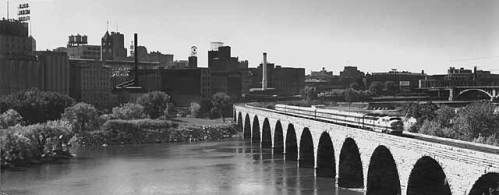


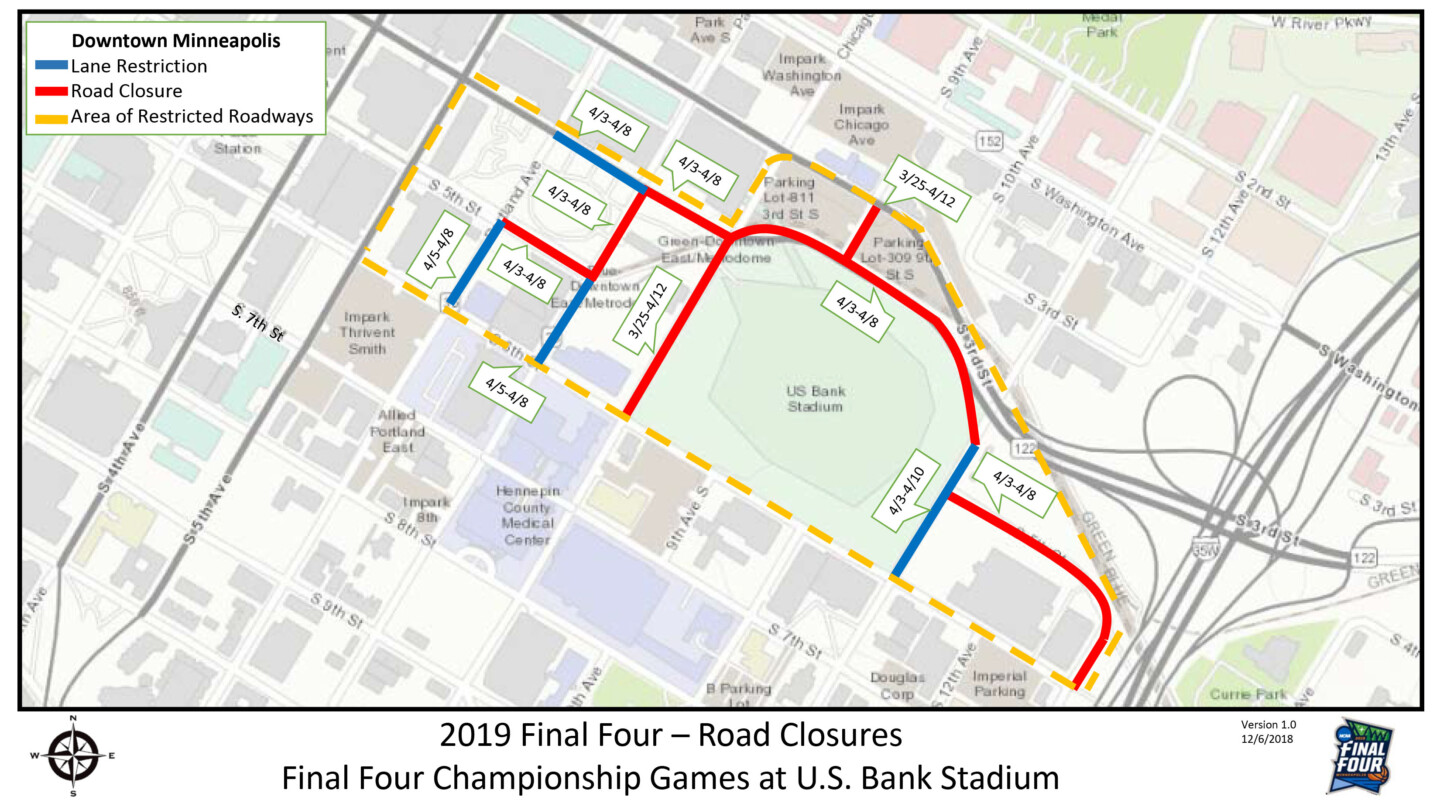
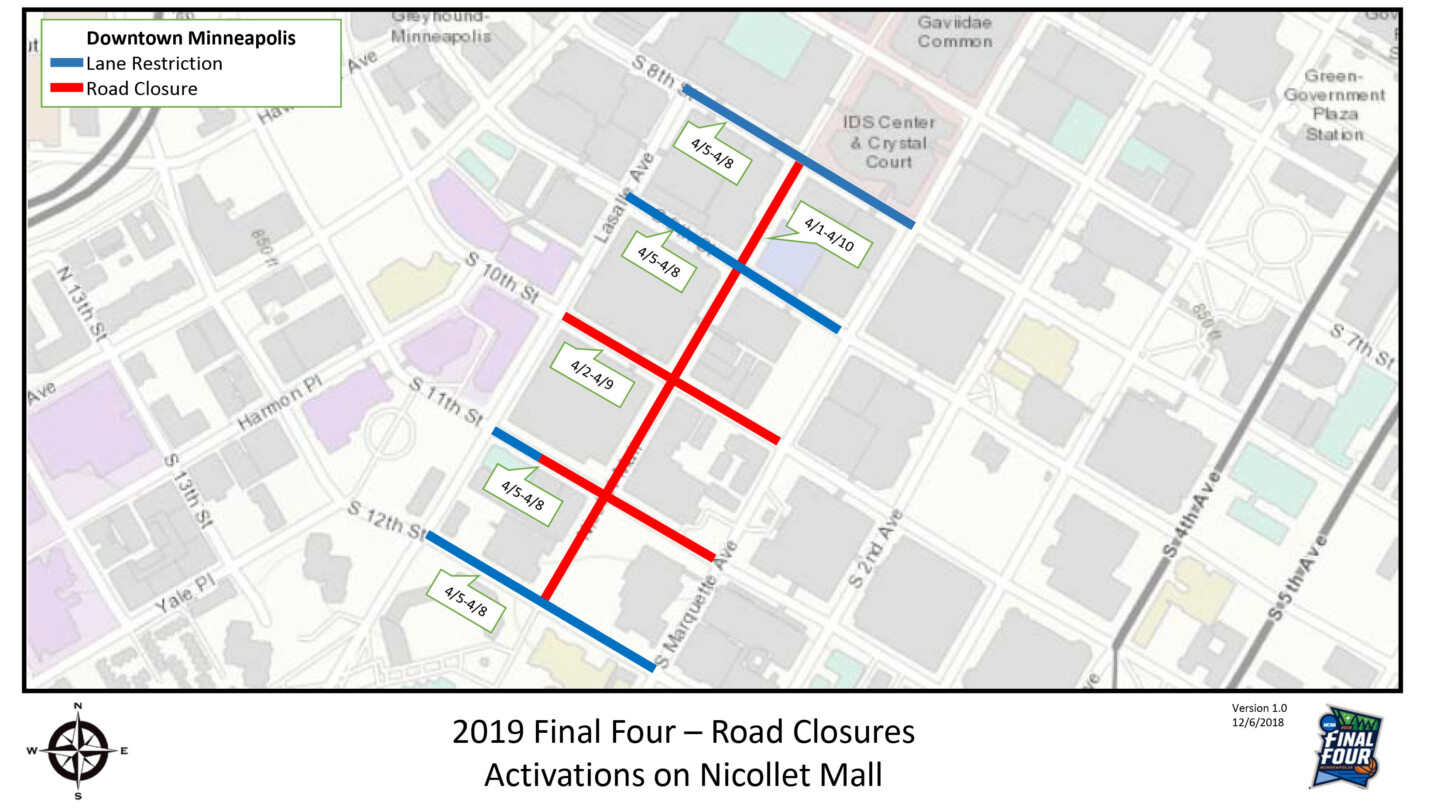
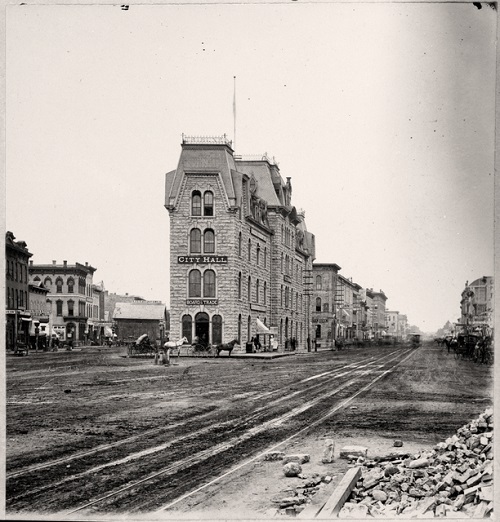

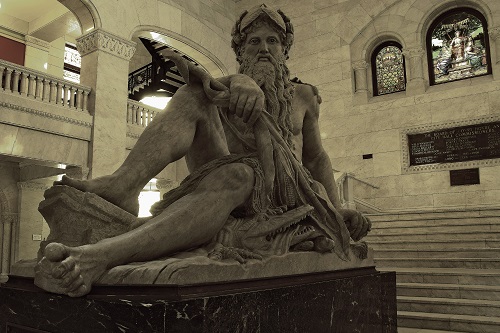
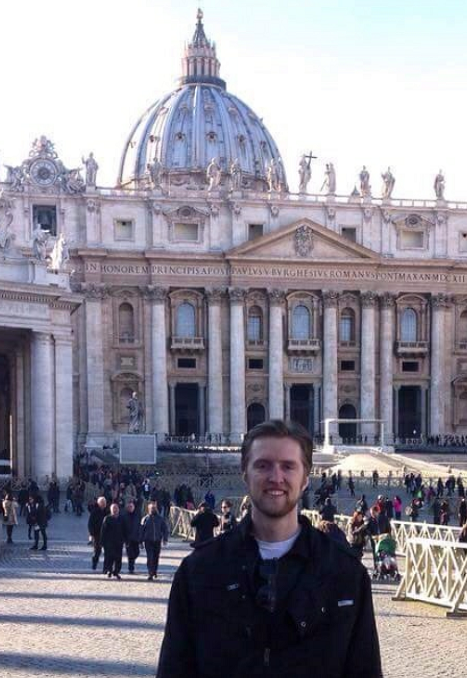
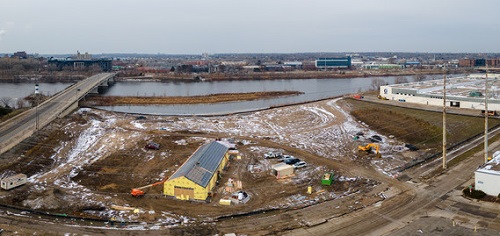



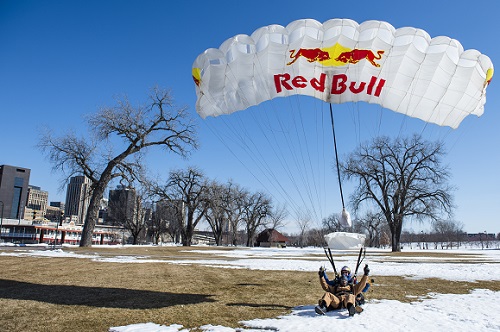


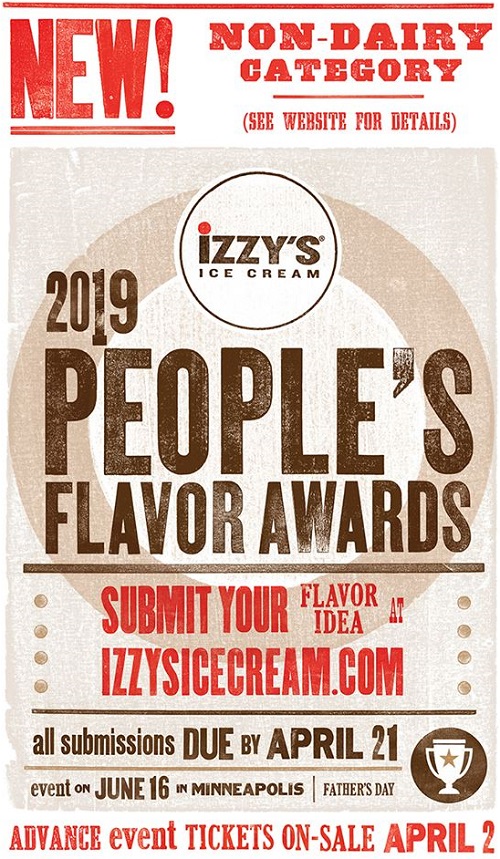




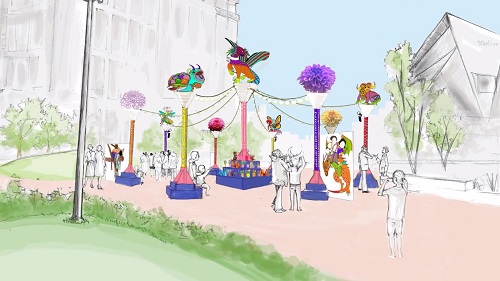 Radical Playground concept sketch courtesy the artists.
Radical Playground concept sketch courtesy the artists.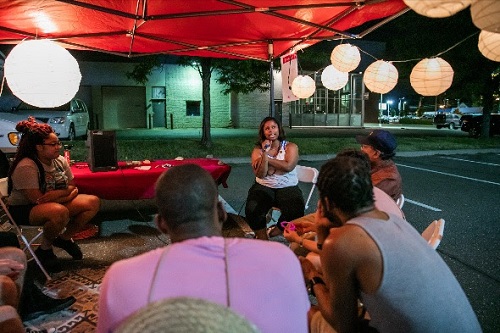 Jesse Buckner, Heart and Soul Academy, at Northern Spark 2017 in Rondo. Photo by Caleb Timmerm
Jesse Buckner, Heart and Soul Academy, at Northern Spark 2017 in Rondo. Photo by Caleb Timmerm